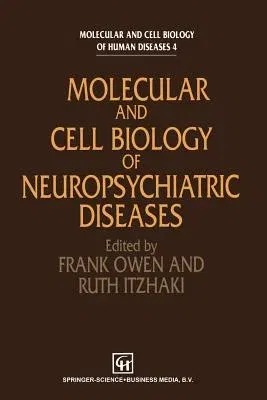is''0l m 5-HT Ante-mortem (m = metabolite) . ". Post-mortem m 0
Noradrenaline, -'-'-'-'0-J, -'-'-'-'-'-'- m Dopamine . '-'-'-'-'- . "
Somatostatin . '1 Plaques Tangles * . ". . ". . 'I Synapse loss * ChAT
" ACh synthesis l"-, . '-'-'-'-'-'-'-'-'-'-'-'-'-,
-'-'-'-'-'-'-'-'-'-'-'-'-'-'- * Neuronal loss, -, - . ". * o 0. 1 0. 2
0. 3 0. 4 0. 5 0. 6 0. 7 0. 8 0. 9 1. 0 Correlation coefficient with
dementia rating Figure 2. 1 Various neurotransmitter and
neuropathological measures on neocortex obtained either at diagnostic
craniotomy (ante-mortem) or post-mortem and re- lationship to cognitive
impairment (dementia rating). Asterisks identify significant
correlations. Negative and positive correlations are not identified in
this represen- tation of the data. Only the physiologically relevant
measure of cholinergic neurones (acetylcholine synthesis) and indices of
cortical pyramidal neurone degeneration (neuronal loss, synapse loss and
tangles) correlate with severity of dementia. Note the lack of
correlation with the structural marker of cholinergic neurones, ChAT
activity. Loss of enzyme exceeded that of acetylcholine synthesis (Sims
et al., 1983a), suggesting a compensatory increase in synthesis in the
few remaining neurones. Data derived from Palmer (1987) and Terry et al.
(1991). emission tomography (PET) and magnetic resonance, may some day
pro- vide routine insight into differences in brain functioning. Success
in developing rapid and reliable diagnostic procedures, perhaps based on
changes in body fluid that reflect specific alterations in brain protein
metabolism, should ultimately play an important role in the clinical
development of new therapeutic agents.


